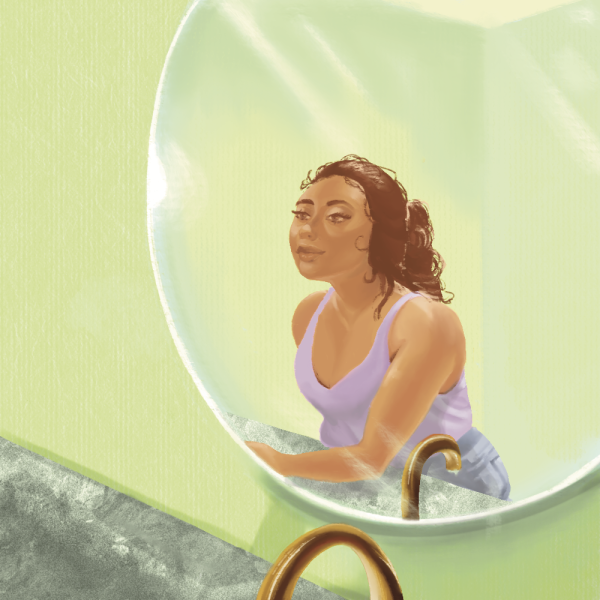Opinion: Dangers of bottled water

Skyler Chill is a sophomore communication studies major and a columnist for The Kent Stater. Contact her at [email protected].
November 16, 2014
When we buy bottled water we don’t think much of it. Yes, it keeps us hydrated, it’s good for our health and it’s portable. However, after watching the documentary “Tapped,” I will never purchase another pack of bottled water unless absolutely necessary.
According to the film, a portion of the world’s population will be without water by the year 2030. What are we to make of this? A huge player in this statistic is Nestle, the number one bottled water retailer. So where do they get the bottled water that we drink? Mountains in the Alps? Ice cold waterfalls in Sweden? Well, all in all, it is basically tap water. With bottling costs ranging from six to 11 cents, we get charged $3 for a bottle of water. Nestle has a profit to make and a job to do. They come into small towns (such as those in Maine, due to their natural water supply), pump all the water they desire, then leave. Not only does this upset the townspeople, it also upsets the environment. The constant pumping dries up lakes and recedes the water line from the shore. It also takes away from animals’ natural habitats. These are just a few of many problems.
The Federal Drug Administration (FDA) has one person who oversees the country’s bottled water industry. Tap water is tested daily due to it being used by millions a day. It has to meet city standards, FDA standards, Enviormental Protection Agency (EPA) standards and other government standards. Tap water reports are available at anytime online showing what is in the water, the quality and other health facts and statistics about what we are drinking from the faucet. Bottled water companies, however, do not have to publically release reports to the public, and the companies bottling the water conduct the quality tests themselves. Since there is one person overseeing all of this, companies don’t give honest reports on what is actually in their water. This is why many tests have been conducted by outside scientists on different bottled waters. After scientists tested the bottled water, many cancer-causing toxins were found in the sample. After leaving the water in a trunk for a week the results were even worse. Traces of carcinogens linked to breast cancer, prostate cancer, uterine cancer and ovarian cancer were present in the study.
Another factor of these cancer-causing agents in the water is from Polyethylene Terephthalate (PET), the plastic bottle itself. PET is in the benzene family, which is is a carcinogen. As the plastic heats up, for example, sitting in a hot trunk, chemicals are released into the water. Many people living by PET production factories suffer serious and sometimes terminal health issues due to the fact they breathe in the air where PET chemicals are being produced.
I hope I have helped you see the dangers of drinking bottled water. Remember, tap water is the safest because it is tested the most, and it has to be safe for the amount of people who use it every day. We all need water to survive, but where will you drink it from?
























